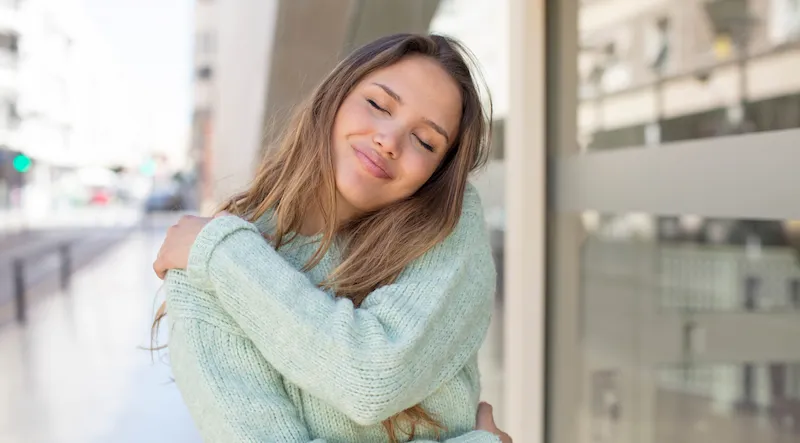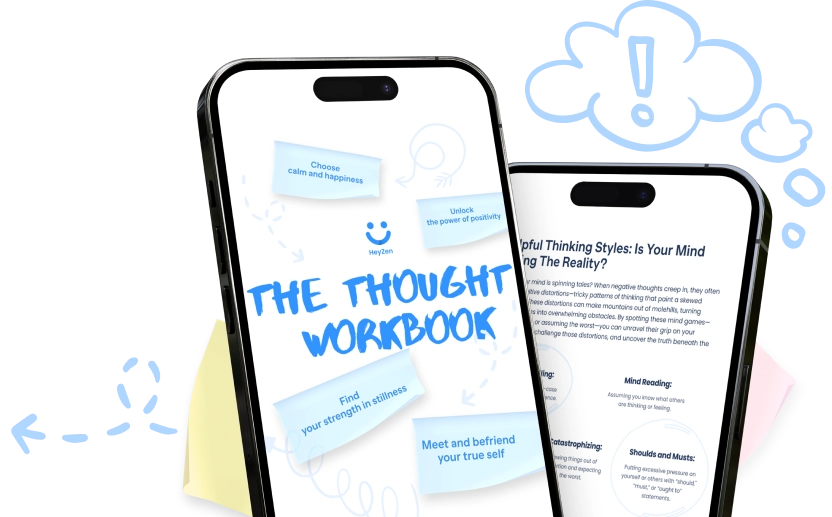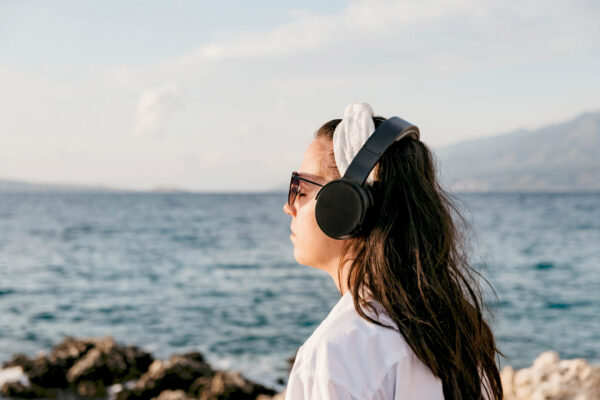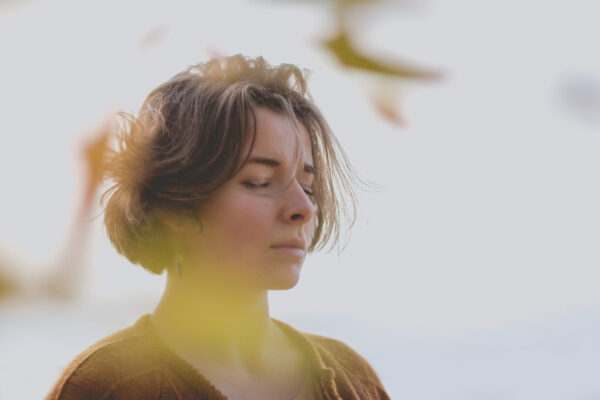Anxiety Art: Healing Through Creative Expression
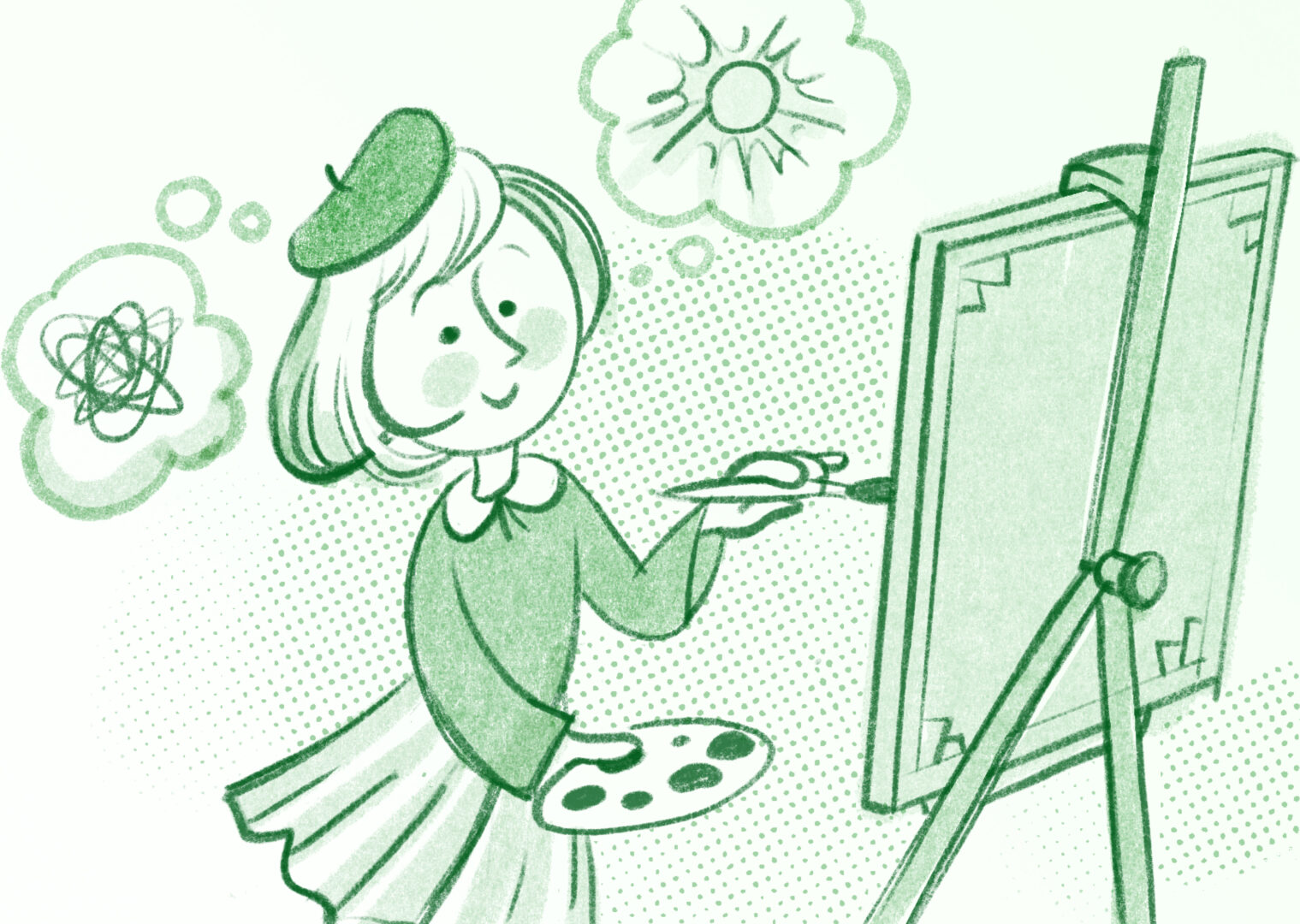
Imagine that your creative pursuits can be more than just a hobby, but a powerful tool for mental wellbeing. Welcome to anxiety art therapy, a structured approach recognized by the American Art Therapy Association. It’s not about creating masterpieces; it’s about using creative expression to tackle those nagging worries that can take over your mind.
In this article, you’ll discover how art therapy works and what benefits it has, as well as learn about some hands-on activities you can try at home. Whether you’re dealing with day-to-day stress or more complex emotions, art therapy offers a path to finding peace and understanding for everyone. It’s a journey where every brushstroke, doodle, or collage becomes a victory — a tangible reminder of your creativity and resilience.
Understanding Anxiety Art
Anxiety art serves as a visual representation of emotional experiences, allowing you to express feelings that may be difficult to articulate verbally. This creative outlet provides a perspective on your inner world, often revealing hidden aspects of your psyche.
When you engage in art to combat your anxiety, you’re not just creating aesthetically pleasing pieces. Instead, you’re tapping into a powerful form of self-expression that can help you navigate complex emotions. The process itself can be therapeutic, offering a sense of control that counterbalances overwhelming anxious thoughts. The visual narratives in your art offer valuable insights into your emotional state and can serve as a starting point for deeper exploration in therapy sessions.
It’s important to remember that anxiety art isn’t about artistic skill. The value lies in the act of creation and the message conveyed, rather than technical proficiency. This form of expression is accessible to everyone, regardless of artistic background or experience. The process is supposed to be more valuable and rewarding than that art itself.
The Intersection of Art and Mental Health
The impact of art therapy on mental well-being extends beyond individual practice. A 2003 study by Dr. Rosalia Staricoff revealed that incorporating visual art into hospitals effectively diminished depression and anxiety levels among patients. The research also found that 96% of clinicians and 91% of nurses reported improved working environments and potential boosts in staff morale.
Michelle Dean, an art psychotherapist, emphasizes that quality artwork in workplaces goes beyond aesthetic appeal. It’s a form of self-help that enhances team building and resilience, playing a crucial role in preventing employee burnout across all sectors. This resilience is particularly valuable in high-stress environments like healthcare facilities.
The integration of art and artistic activities in professional settings serves multiple purposes:
- Stress reduction: Calming visuals provide mental breaks during demanding workdays.
- Creativity stimulation: Artwork inspires innovative thinking and problem-solving.
- Mood enhancement: Colorful or uplifting pieces contribute to a positive atmosphere.
- Focus improvement: Strategic art placement can aid concentration and productivity.
In healthcare settings, art’s impact is even more pronounced. A police officer at Glan Clwyd Hospital noted that artwork in the A&E department offered mental respite, highlighting art’s dual benefit for both patients and staff. This observation underscores the power of visual expression in fostering healing environments and supporting mental health for all occupants.
Famous Artists Who Explored Anxiety in Their Work
Throughout history, numerous artists have channeled their inner turmoil into powerful visual narratives. These creators used their work as a means to express and process complex emotions, often related to mental health challenges.
Edvard Munch
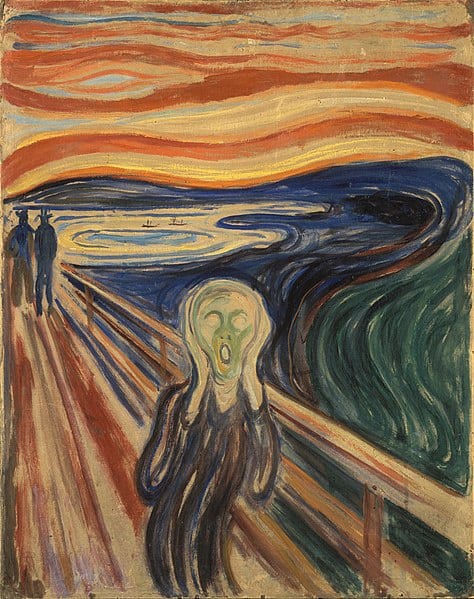
Edvard Munch, the Norwegian expressionist, is renowned for his haunting masterpiece “The Scream.” This iconic painting vividly captures the essence of existential dread and psychological distress. Munch’s work often reflected his personal struggles with depression and fear, conveying intense emotional states through bold colors and distorted figures. His prints and paintings serve as visual representations of inner anguish, resonating with viewers who experience similar feelings.
Frida Kahlo
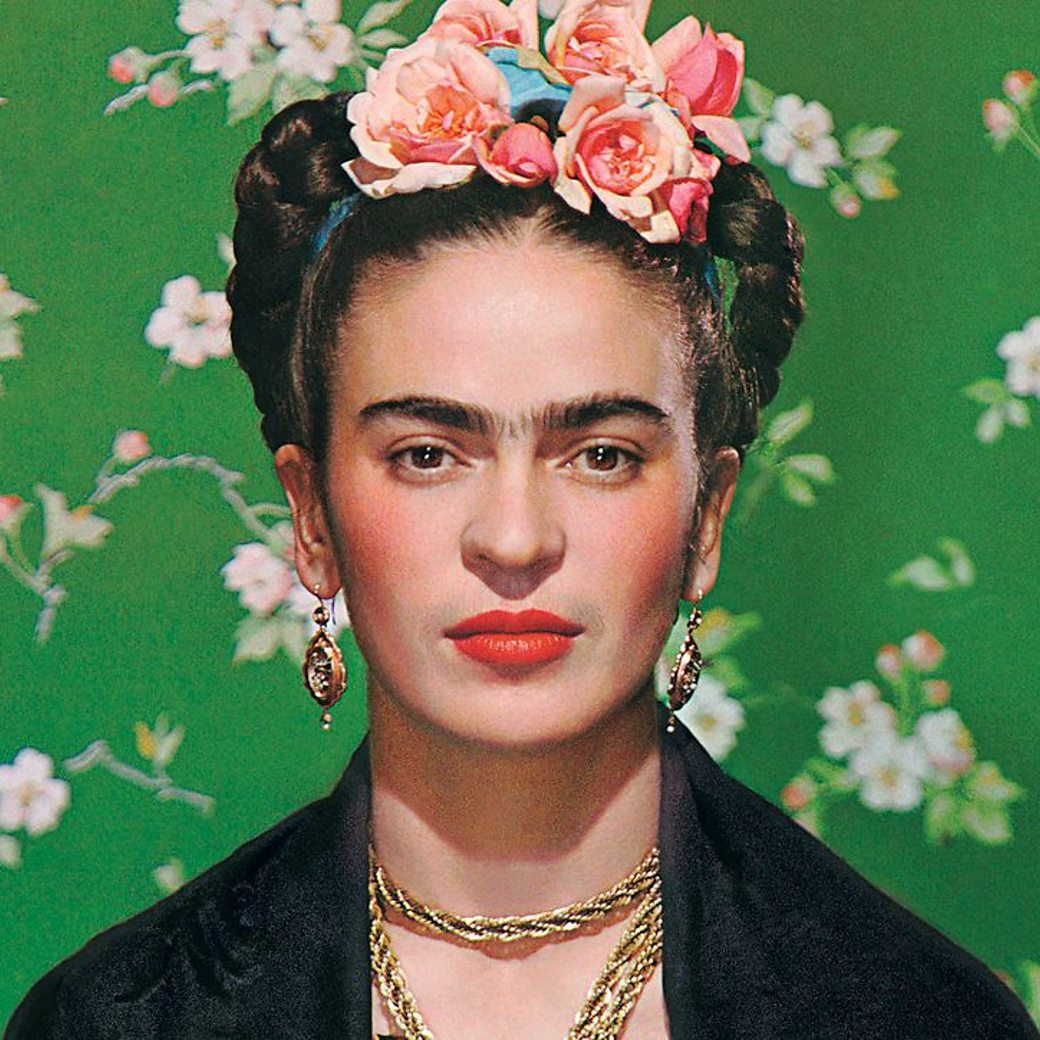
Mexican artist Frida Kahlo’s self-portraits are powerful expressions of physical and emotional pain. Her work, often described as surrealist, delves deep into themes of identity, trauma, and resilience. Kahlo’s paintings, such as “The Broken Column,” graphically depict her physical suffering and emotional turmoil. Through her art, she transformed personal struggles into universal explorations of human vulnerability and strength, creating a visual language that speaks to those struggling with their own challenges.
Yayoi Kusama

Contemporary Japanese artist Yayoi Kusama’s immersive installations and vibrant paintings offer a unique perspective on psychological distress. Kusama, who has lived voluntarily in a psychiatric institution since 1977, uses her art as a coping mechanism for her mental health issues. Her signature polka dots and infinity rooms are manifestations of her hallucinatory experiences and obsessive thoughts. Kusama’s work demonstrates how artistic expression can serve as a powerful tool for managing and exploring complex emotional states, transforming personal struggles into mesmerizing visual experiences that captivate audiences worldwide.
Art Therapy for Anxiety
Art therapy offers an effective approach to managing anxiety through creative expression. This therapeutic method uses various art forms to help individuals explore their emotions and develop coping strategies.
Benefits of Art Therapy
Art therapy provides numerous advantages for those struggling with anxiety. It offers a non-verbal outlet for expressing complex emotions, which can be particularly helpful when words feel inadequate. Through artistic creation, you’re able to externalize your internal experiences, gaining new perspectives on your thoughts and feelings.
Engaging in art-making activities reduces stress by promoting relaxation and mindfulness. As you focus on your artwork, your mind gets a break from anxious thoughts, allowing for a sense of calm and mental clarity. This process can lead to improved emotional regulation and increased self-awareness.
Art therapy also boosts self-esteem and confidence. As you create, you develop new skills and discover hidden talents, fostering a sense of accomplishment. This positive reinforcement can counteract negative self-talk often associated with anxiety disorders.
Common Art Therapy Techniques
Art therapists employ various techniques to address anxiety symptoms. Drawing and painting are frequently used methods, allowing for free expression of emotions through color, line, and form. These techniques can be particularly effective for individuals experiencing social or depression-related anxiety.
Sculpting with clay or other moldable materials provides a tactile experience that can be grounding and soothing. The act of manipulating the material can serve as a metaphor for reshaping anxious thoughts and feelings.
Collage-making is another popular technique, involving cutting and arranging images from magazines or other sources. This method can help you visualize goals, create positive affirmations, or explore complex emotions in a structured way.
Mandala drawing, which involves creating circular designs, promotes focus and relaxation. The repetitive nature of this technique can induce a meditative state, helping to calm anxious thoughts.
Digital art creation is becoming increasingly popular, offering a modern approach to traditional art therapy techniques. This method can be particularly appealing to tech-savvy individuals or those who feel intimidated by traditional art materials.
Creating Anxiety Art at Home
The best part of anxiety art is that you can do it in the comfort of your home. These techniques offer a pathway to express and process complex emotions, providing a visual outlet for your inner experiences.
Mindful Doodling
Mindful doodling is a simple yet effective technique to calm your mind and reduce stress. Grab a small notepad and pen, then let your hand move freely across the paper without a specific goal. Create lines, shapes, or patterns while focusing on the present moment and the movement of your pen. This practice promotes relaxation and mindfulness: as your thoughts wander, you will feel your anxieties dissipate.
Art Journaling
Art journaling combines visual expression with written reflection, creating a powerful tool for emotional exploration. Start by selecting a theme or topic that resonates with you. Write your thoughts and feelings about this topic in your journal, then use various art supplies to visually express these thoughts alongside your writing. This technique facilitates emotional expression and reflection, helping you gain insights into your inner world and track your mental health journey over time.
Mixed Media Collage
Mixed media collage encourages experimentation and expression, allowing you to create layered representations of your emotions. Begin with a base like a canvas or thick paper, then add various elements such as magazine cutouts, fabric pieces, or small objects. Experiment with different materials and textures to create depth and complexity in your artwork. This technique can be particularly effective for creating social anxiety art or depression anxiety art, as it allows you to build visual metaphors for your experiences.
The Therapeutic Process of Making Anxiety Art
Creating anxiety-focused artwork serves as a powerful tool for emotional healing and self-discovery. This process engages multiple senses, allowing you to explore and express your inner experiences in a tangible form.
Self-Expression and Emotional Release
The act of making anxiety-focused artwork provides a safe outlet for expressing emotions that may be difficult to verbalize. As you engage in creative activities, you’re able to externalize your feelings, giving shape and color to your inner turmoil. This process can be particularly beneficial for those dealing with social anxiety or depression, as it offers a non-threatening way to communicate complex emotional states.
Developing Coping Mechanisms
Through regular artistic practice, you develop valuable coping mechanisms for managing anxiety. The creative process encourages mindfulness, helping you stay present and focused on the task at hand. As you experiment with different materials and techniques, you’ll discover which approaches work best for you, building a personalized toolkit for emotional regulation.
Gaining New Perspectives
Creating anxiety-focused artwork allows you to step back and view your experiences from a different angle. As you transform your emotions into visual representations, you gain new insights into your thought patterns and triggers. This fresh perspective can lead to breakthroughs in understanding and managing your anxiety, fostering personal growth and resilience.
The Impact of Anxiety Art on Viewers
Anxiety-focused artwork profoundly affects both those who create it and those who view it, offering unique insights into the human experience. This creative expression serves as a powerful medium for communication and connection.
Raising Awareness
Anxiety-focused artwork is a great way to raise awareness about mental health challenges. By visually representing complex emotions, these pieces help normalize conversations around psychological struggles. Viewers often find themselves confronted with raw, honest depictions of inner turmoil, breaking down stigmas and encouraging open dialogue.
Social anxiety-themed creations, for instance, might portray crowded spaces or isolated figures, effectively illustrating the overwhelming feelings experienced by those grappling with this condition. Similarly, depression-inspired pieces often utilize muted colors or abstract forms to symbolize the weight of emotional burdens.
These visual narratives provide tangible reference points for discussing mental health, making it easier for individuals to articulate their own experiences and seek support when needed.
Fostering Empathy and Understanding
Anxiety-focused artwork serves as a bridge, fostering empathy and understanding among viewers. By providing a window into the artist’s emotional landscape, these pieces allow observers to connect with experiences that might otherwise remain hidden or misunderstood.
Aesthetic representations of psychological struggles invite viewers to step into the shoes of those living with anxiety or depression. This immersive experience can lead to increased compassion and a deeper appreciation for the challenges faced by individuals dealing with mental health issues.
For those who don’t personally experience anxiety or depression, engaging with such artwork offers a unique opportunity to gain insights into these conditions. It challenges preconceptions and encourages a more nuanced understanding of mental health, ultimately contributing to a more supportive and inclusive society.
Conclusion
Anxiety art offers a powerful avenue for self-expression and healing. By tapping into your creativity you can explore complex emotions visually fostering self-awareness and resilience. Whether you’re dealing with social anxiety or depression art therapy provides a safe outlet to process your feelings. Remember it’s not about artistic skill but the therapeutic journey. Embracing anxiety art can lead to improved emotional regulation enhanced self-esteem and new perspectives on your mental health challenges. So grab your art supplies and start your journey of self-discovery through creative expression today.

